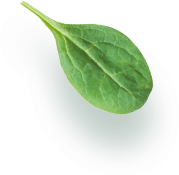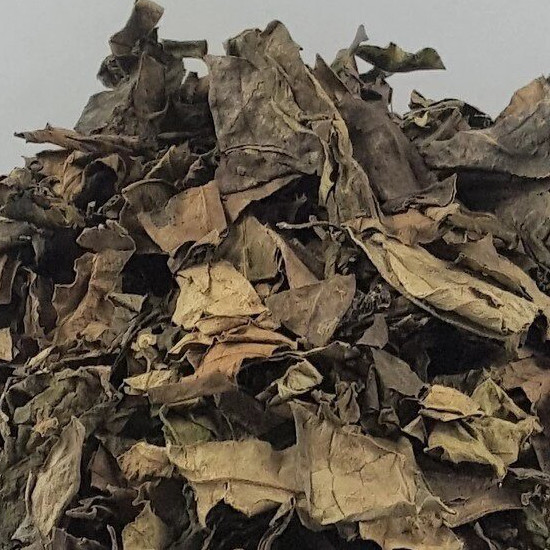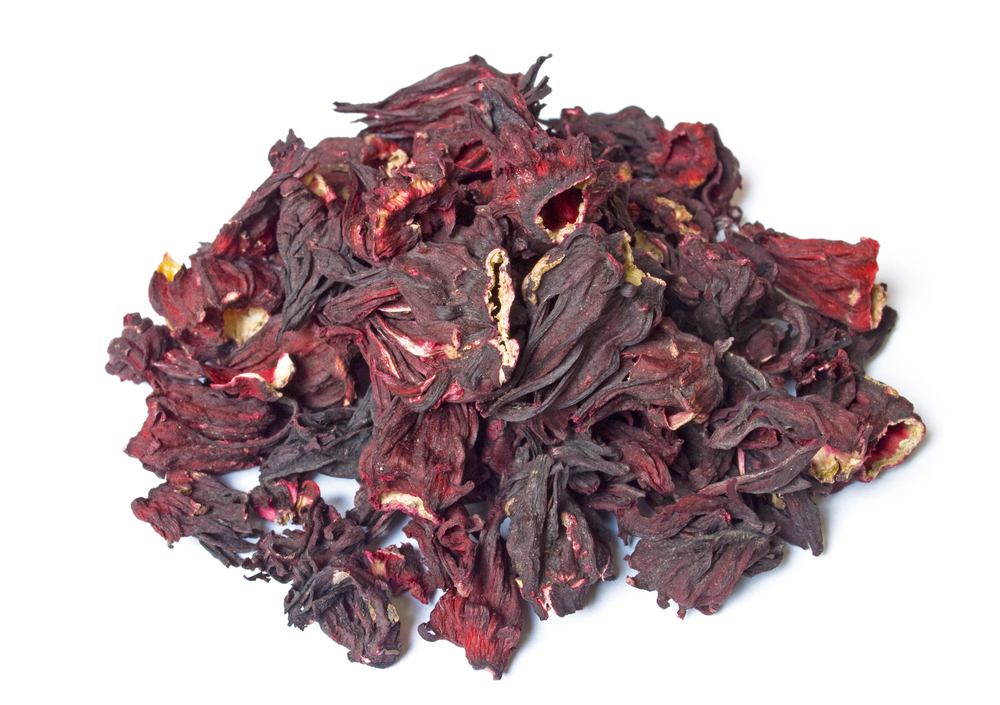

Dried Zobo Leaf
₦11,000.00 Original price was: ₦11,000.00.₦10,000.00Current price is: ₦10,000.00.
Dried zobo leaf, also known as hibiscus sabdariffa or sorrel leaf, is a key ingredient in West African cuisine, particularly for making the refreshing zobo drink. These leaves are harvested from the hibiscus plant, cleaned, and dried, turning a deep red color. Known for their tangy, tart flavor reminiscent of cranberries, they are rich in antioxidants and vitamins. Zobo leaves are also used in sauces, marinades, and desserts. To prepare zobo drink, boil the leaves, add sweeteners and spices, strain, and chill. Enjoy its vibrant taste and health benefits.
Description
Dried zobo leaf, also known as hibiscus sabdariffa or sorrel leaves, are a common ingredient in many West African countries, particularly Nigeria, where they are used to make a refreshing and tangy beverage called zobo drink. Here’s a detailed description of dried zobo leaves:
- Plant and Harvesting: Zobo leaves come from the hibiscus sabdariffa plant, which is a species of hibiscus native to West Africa. The leaves are harvested from the plant after they have matured but before they have flowered. The leaves are then cleaned, sorted, and dried for preservation.
- Appearance: Dried zobo leaves typically have a deep red to burgundy color, which intensifies during the drying process. The leaves are thin and papery, with a slightly coarse texture. They may vary in size but are generally medium-sized, similar to tea leaves.
- Aroma: Dried zobo leaves have a distinct tart and floral aroma, reminiscent of cranberries or sour cherries. The aroma becomes more pronounced when the leaves are steeped in hot water or used in cooking.
- Flavor: When brewed, dried zobo leaves impart a tangy and slightly sour flavor profile, with subtle floral undertones. The flavor is refreshing and thirst-quenching, making it a popular choice for beverages, especially in hot climates.
- Nutritional Content: Dried zobo leaves are rich in antioxidants, particularly anthocyanins, which give them their vibrant red color. They also contain vitamins such as vitamin C, minerals like calcium and iron, and dietary fiber. Consuming zobo drink made from dried leaves is believed to offer various health benefits, including improved digestion, reduced blood pressure, and enhanced immune function.
- Preparation: To prepare zobo drink, dried zobo leaves are typically rinsed to remove any dust or debris and then boiled in water. The mixture is simmered for an extended period to extract the flavor and nutrients from the leaves. Sugar or other sweeteners, as well as spices like ginger or cloves, may be added to enhance the flavor. Once brewed, the liquid is strained to remove the leaves, and the resulting zobo drink is chilled before serving.
- Culinary Uses: In addition to making zobo drink, dried zobo leaves can be used in various culinary applications. They can be incorporated into sauces, marinades, or dressings to add a tangy flavor and vibrant color to dishes. Some recipes also use dried zobo leaves in baked goods or desserts for a unique twist.
Overall, dried zobo leaves are a versatile and flavorful ingredient that adds a refreshing tartness to beverages and dishes, making them a staple in West African cuisine.
Additional information
| Weight | N/A |
|---|---|
| Package Size | 1kg |
Related products
-

Mushroom
Read more -
Sale!

Alligator pepper
₦31,000.00Original price was: ₦31,000.00.₦30,000.00Current price is: ₦30,000.00. Select options This product has multiple variants. The options may be chosen on the product page -
Sale!

Dried Uziza leaf
₦6,000.00Original price was: ₦6,000.00.₦5,000.00Current price is: ₦5,000.00. Select options This product has multiple variants. The options may be chosen on the product page -
Sale!

Dried ugu leaf
₦7,000.00Original price was: ₦7,000.00.₦6,000.00Current price is: ₦6,000.00. Select options This product has multiple variants. The options may be chosen on the product page

